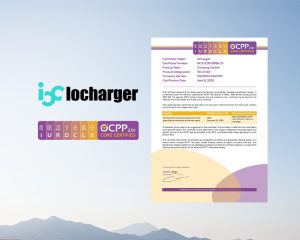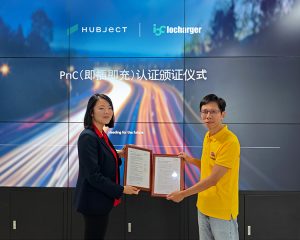DC Charging Station Solutions - Powering the Future of Electric Mobility
Världens 1:ast Full OCPP2.0.1 and Hubject ISO15118 PnC Certified EV Charging Solution
DC Charging Station
DC fast chargers (DCFC chargers), also known as Level 3 EV chargers, are currently the fastest charging option available for electric vehicles.
Unlike Level 1 and Level 2 chargers, which supply alternating current (AC) power that the EV must convert to direct current (DC) for storage, DC chargers use commercial-grade AC power from the grid and convert it to direct current (DC) within the charger before delivering it to the car’s battery. This allows for much higher power transfer rates and faster charging speed.
Whereas Level 1 and 2 chargers can take many hours to fully charge an EV, Level 3 chargers can replenish up to 80% of the car’s battery in as little as 20-30 minutes. DC fast charging stations are the ideal choice for locations where EVs must gain the maximum range in the shortest possible time.
Iocharger DC fast charging stations support dynamic load management, delivering true simultaneous EV charging. Our DC fast chargers are fully compliant with OCPP 1.6J and OCPP 2.0.1 standards, and support ISO15118 and Plug and Charge (PnC) functionalities, providing multiple connectivity levels and various user interaction options.
Key Benefits
Iocharger Has the Right DC EV Charging Solutions to Meet Your Charging Needs
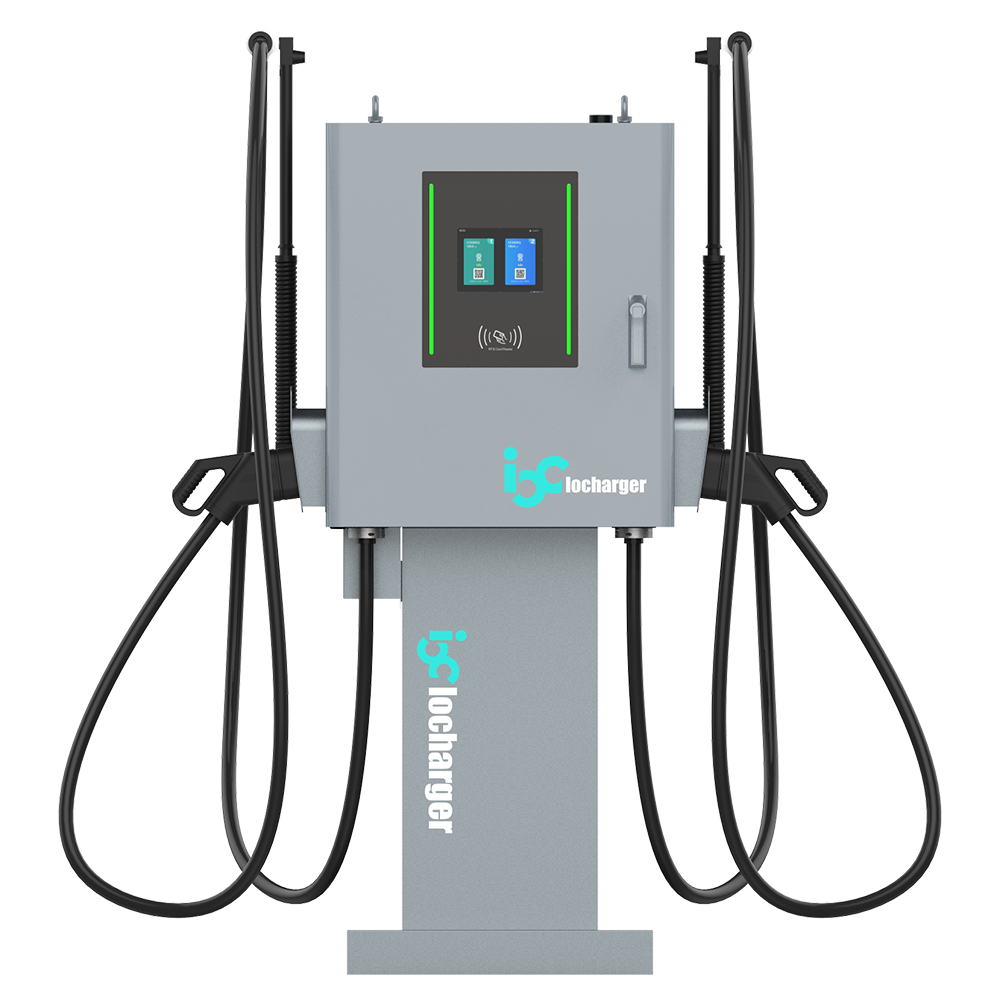
IOCHY2
Wall-mounted or Floor-mounted for Easy Application.
Ingångsvärde: 3-fas 400V±15% AC
Max DC uteffekt: 30kW/ 60kW
Utgång DC-spänningsområde: 150V-1000V DC
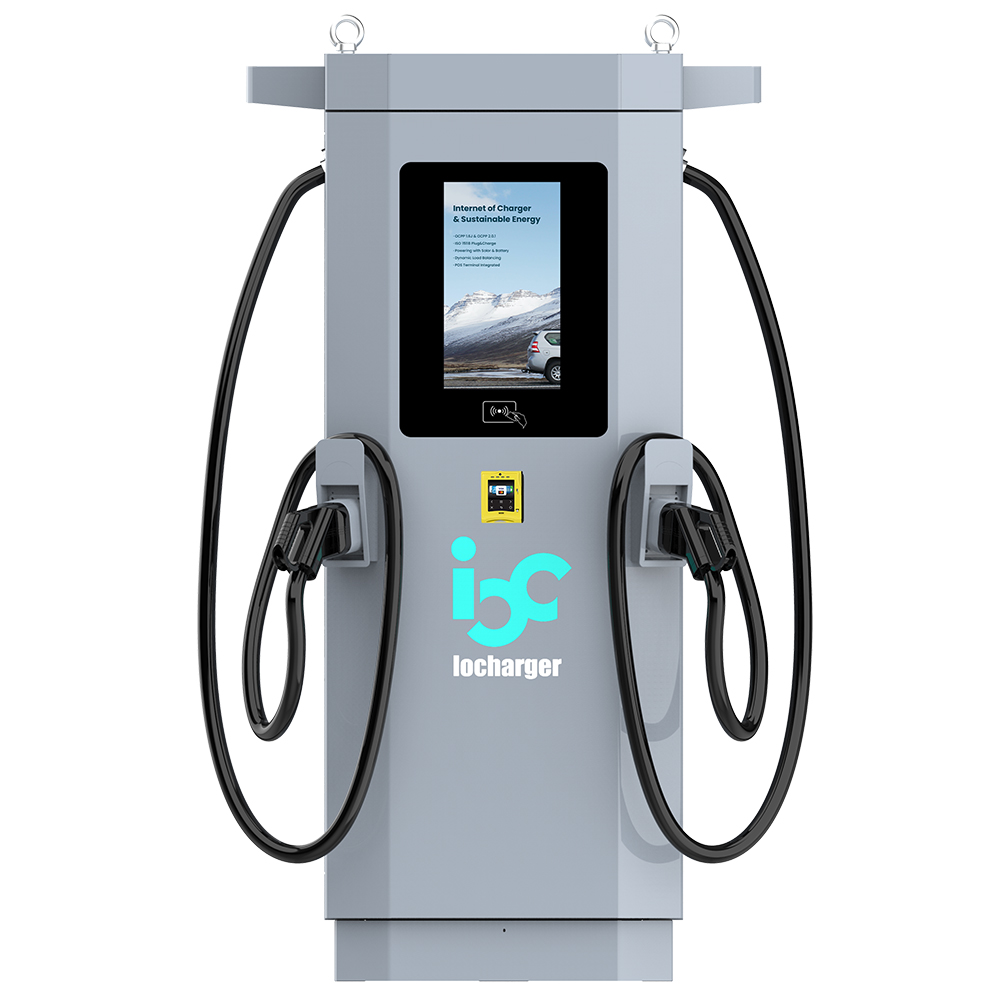
IOCJY2
CE Certified
Ingångsvärde: 3-fas 400V±15% AC
Max DC output power: 60kW-180kW
Utgång DC-spänningsområde: 150-1000V DC
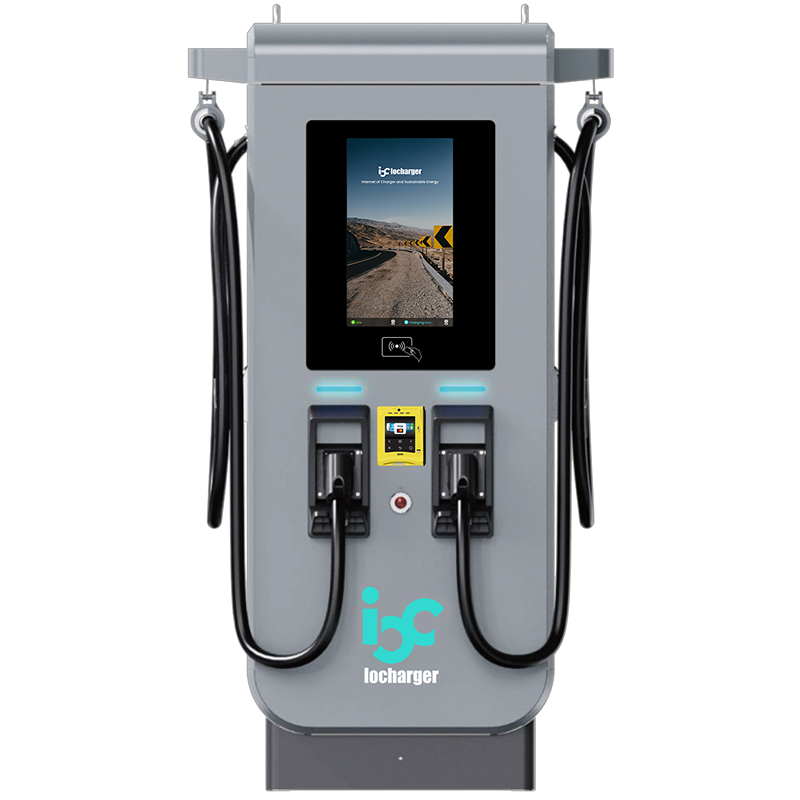
IOCNY2
Integrates with Advertising System for Commercial Use.
Ingångsvärde: 3-fas 400V±15% AC
Max DC-utgångseffekt: 60 kW-240 kW
Utgång DC-spänningsområde: 150-1000V DC
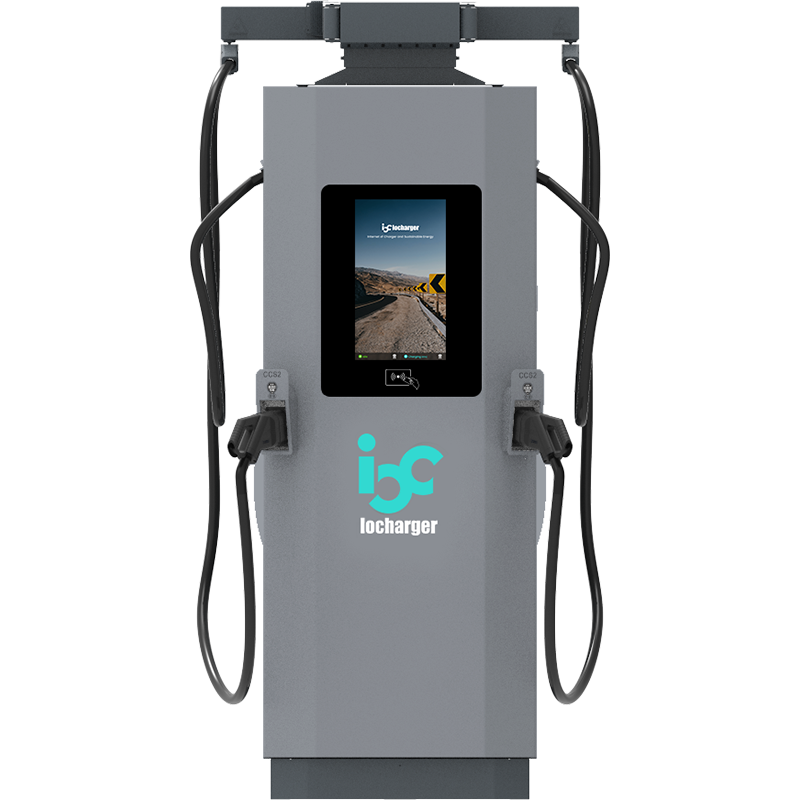
IOCLY2
Ultra Fast Charging Station to Increase Charging Speeds Dramatically
Ingångsvärde: 3-fas 400V±15% AC
Max DC output power: 240kW-420kW
Utgång DC-spänningsområde: 150-1000V DC
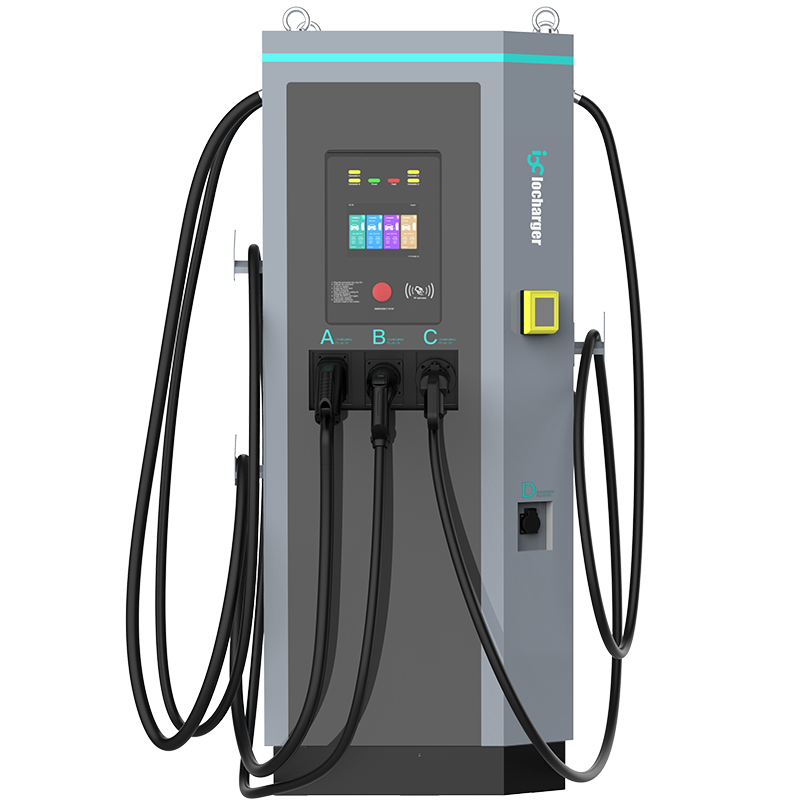
IOCHY3
AC DC Combo Charger that Charges up to 4 Vehicles Simultaneously
Ingångsvärde: 3-fas 400V±15% AC
Max output power: DC 60kW+AC 22kW/
DC 120kW+AC 22kW
Utgång DC-spänningsområde: 150-1000V DC
Iocharger - Professional Commercial EV Charging Solution Provider

OCPP 1.6J fullständiga profiler implementerade inklusive smart laddning, OCPP2.0 uppgraderingsbar
Elektriska skydd inkluderar överström, kortslutning, överspänning, underspänning, jordfel, blixtnedslag, övertemperatur
Stöd för olika installationer som IT, TN-S, TN-C och TN-C-S
OCPP-server, Internetanslutning, Max strömutgång och annan systemkonfiguration på webbsidan via PC, PAD och mobiltelefon
Dynamisk fördelning av uteffekten i ett system med andra enheter, beroende på tillgänglig effekt
Med dynamisk fasbalansering kan vårt system hantera både enfas- och trefasladdning samtidigt, vilket optimerar användningen av all tillgänglig ström och förhindrar obalans i nätet.
FAQs about DC Charging Station
No. Homes usually only have single-phase power, but DC fast chargers need three-phase power, which is only available at commercial or public charging stations.
DC fast chargers require 400-600V three-phase AC power. If you’re unsure about compatibility, contact us for help.
No. Most newer EVs support DC fast charging, but older models or small-battery EVs may not. Check your car’s specs to confirm compatibility.
- CCS-1: Used in North America
- CCS-2: Used in Europe
- CHAdeMO: Used in Japan
- GB/T: Used in China
No. EV batteries have a power limit—once reached, extra charger power won’t speed up charging.
However, high-power chargers are useful because:
– They can charge two EVs at once (dual connectors).
– They’re future-proof—no need to upgrade later when EV batteries improve.
Charging speed depends on:
- Charger Type – Higher kW = faster charging (if the car supports it).
- Vehicle Battery – Charging slows down after 80-90% battery. Older/smaller batteries may charge more slowly.
- Conditions – Cold weather = slower charging. Optimal temperature (20-30°C) = fastest charging.
I strålkastarljuset: Den senaste tidens utveckling
